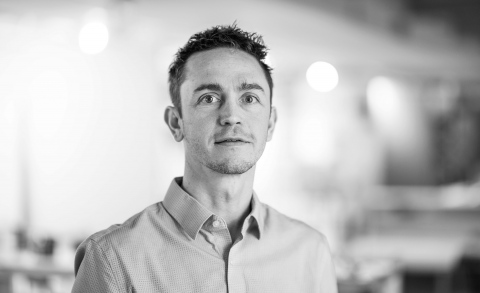
The term “makerspace” conjures-up images of machinery and computers, but at PAYETTE we believe that makerspaces are really more about people than equipment. Sure, you need tools, laser-cutters, 3D printers, CNC machines and such. But at the end-of-the-day, a Makerspace is about assembling a critical-mass of human capital. This is a place to congregate and share ideas – to solve problems by prototyping, tinkering and iterating. The maker-movement is underpinned by an ethos of collaboration; the more brains and capable hands, the better! In an age of internet-supported dispersion, the makerspace is an oxymoronic blend of high-tech digital processes and anachronistic in-person gathering.

By-and-large, a makerspace falls into one of three categories: industry-supported, community-centered or academic. Industry-supported makerspaces are generally funded by software or equipment companies with the goal of expanding industry adoption of their products and enhancing technical savvy among their users.

Here in Boston, Autodesk’s BUILD Space represents this flavor of makerspace. Initiated in 2016, the 34,000 SF facility is billed as a ‘collaborative research and development workshop for the future of building.’ Artisan’s Asylum, another local asset, lands firmly in the community-centered category. With the tagline ‘we make creativity a way of life,’ the collective hosts classes and events with themes as varied as the interests of its members (investment casting, wearable electronics, or metalsmithing, anyone?). Makerspaces of the third variety, those in academic settings, are something that we encounter with increasing frequency in our work at PAYETTE. Makerspaces are fast becoming a staple in academic programs, supported by curriculums designed around project-based, collaborative learning.
Related:
The Maker Movement


